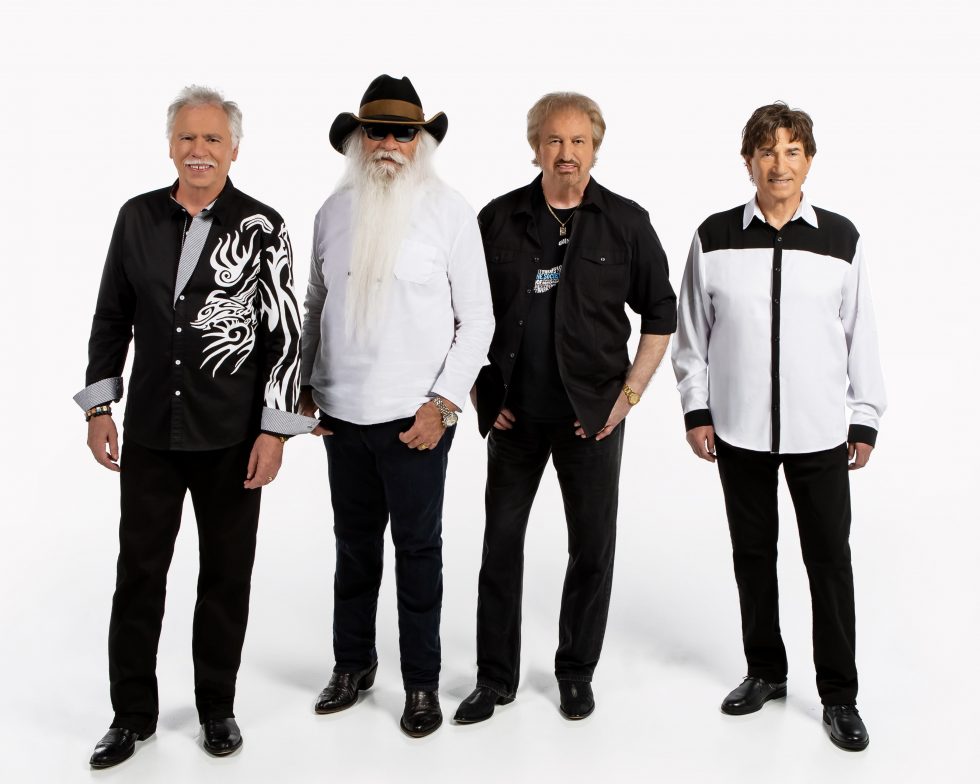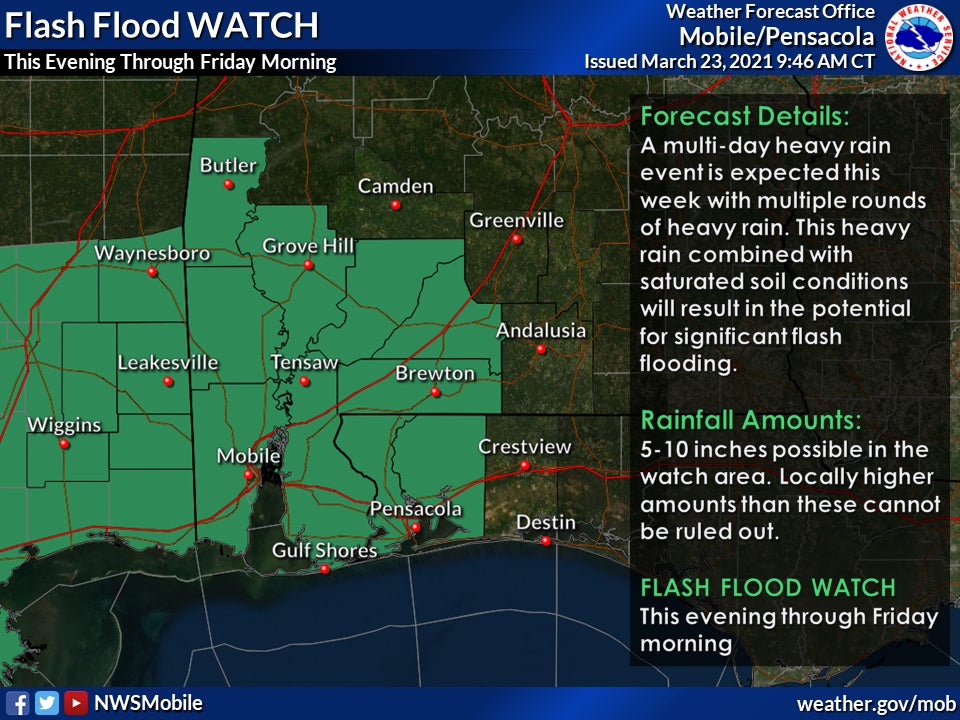Forgotten Trails: History of street names told
Published 10:13 pm Wednesday, December 6, 2006
By Staff
We are continuing with the streets of Brewton and how they got their names. Please remember that I did not write this. The credit should go to Emmett Brooks, who wrote the articles 50 years ago.
Before I continue, I want to give you some ordering information for the family map book I told you about. If you are interested in another county besides Escambia, they are also available. If you would like to order send mail to Nancy Kinard, Arphax Publishing Co., 2210 Research Park Blvd., Norman, OK 73069 or go to the Web site www.arphax.com. The price of the book for Escambia County is $36.95 and the price varies for other counties.
Reference to the city map discloses that the name “Sowell” is the only one designating two separate streets in Brewton. There is Sowell Street, which runs east and west and Sowell Road, which runs north and south. And if any name should be so perpetuated, it is rightfully entitled to that distinction.
Charles L. Sowell (for whom both the street and road were named) was one of the earliest residents of Brewton, and those who knew him will agree that he was one of its most interesting characters. His interests were probably the more diversified than any man who has ever lived in this city and his career was one of those “rags-to-riches” stories that took place in our own community. Mr. Sowell was a Confederate veteran who lost an arm in the battle of Shiloh. Applying to the L &N (or maybe it was the “Mobile and Montgomery” at that time) railroad for a job, he was given the place as station agent at Brewton. That was in 1867, two years before Escambia County was formed. But his ability and foresight caused him soon to sever his connection with the railroad and begin business for himself.
He was interested in so many activities that it would be difficult, if not impossible, at this late date to enumerate all of them. He had mercantile, lumber and agricultural interests and was at one time was probably the largest individual landowner in the county. And it is of special interest to say here that Mr. Sowell was one of the organizers of the Bank of Brewton, the first bank to be established in Escambia County.
After he retired from some of his other activities, Mr. Sowell continued to maintain just north of the city. This is the property on which Oscar Gordon home is now located, and the road leading to it was, quite naturally, known as the “Sowell Farm Road.” But there was something different about this particular farm. A lover of sports in general and racing in particular, the owner had a race track on the property. It is hard to believe in this day of automobiles that race at better than a hundred miles an hour, that bicycle racing on the Sowell track was an event that drew participants and spectators from miles around. There was also horse racing, but principally trotting and pacing races where the drivers rode in (or on) the finest sulkies of the day. Indicative of Mr. Sowell's love for horses, the livery business which he owned and operated here was one which was maintained long after he had retired from other enterprises.
When Mr. Sowell selected a site for his home, he chose the corner of Belleville Avenue and the street that bears his name. Although remodeled and enlarged over the years, the building is now the home of Mr. and Mrs. R.E. McCall. (note- this is the same building where Sandy English now has her real estate business).
Mr. and Mrs. Sowell reared a large family. Their children and their wives and husbands were for many years among the social and civic leaders of Brewton. None of the immediate survivors of the couple lives here now, but some of their grandchildren are among Brewton's best known citizens.
When Charles L. Sowell died in 1919, at the age of 80, there passed away one of the few people who could rightfully claim to have been one of the first residents of Brewton. And if anyone should have been honored by having two streets named for him, it was this one-armed Confederate veteran who loved life, drank his whiskey straight, and made no apologies for either.
August 23, 1956
Taking two of the “cross streets” as our subject this week, and running from south to north, so to speak, we come first to Henderson Street, which is only one block long and skirts the top of the city park. This street was named for Dr. Stephen C. Henderson, who was for many years a Brewton physician. He practiced during the horse and buggy days but many of us now living in Brewton and elsewhere were escorted into the world by the skillful hands of this beloved man.
His first home was the one now occupied by Craver's Funeral Home but he later built the residence on Belleville Avenue, which was purchased by Mr. and Mrs. G.W. L. Smith and where they now reside.
On the corner of Henderson and Belleville where the present courthouse stands was the home of the Brewton family from which the city gets its name. It was purchased by the county in 1901 and the building torn down to provide a site for the courthouse.
The residence at the corner where Henderson, St. Joseph and Evergreen meet which is now owned by Miss Lillian Terry was built by the late Dr. F.H. Mason in 1906. Dr. Mason was for a long time a prominent Brewton physician and at the time of his death resided in the Colonial home on Evergreen which was originally constructed by W.H. Strong and which has been previously mentioned in this series of articles.
Another block long street which has an interesting history is Court Street, running between Belleville and St. Nicholas just north of the post office (Editor's Note: This is the street that runs by the side of the Leigh Place and in front of the jailhouse). The first courthouse in Brewton was the present home of Mrs. John D. Leigh on the corner of Court Street and Belleville, hence the derivation of the name of the street. After being abandoned by the county, the property was bought by E.M. Lovelace. It was used, at various times, as a National Guard armory, tobacco curing house (yes, we used to grow tobacco here and even had a cigar factory, which is a story in itself) and for other assorted purposes until it was sold to C.H. Conoley who converted it into a spacious home in 1912.
My own residence stands on a part of the former county property and the lot was purchased by my father, Judge M.F. Brooks, from Mr. Lovelace. It adjoined his own home which is now owned by my sister, Mrs. D.B. Hayes of Blountstown, Fla. and occupied by Mrs. Roberta Sowell.
Next week we will continue with some of the cross streets.
Just behind the courthouse stood the county jail which was used until a new one was built about 1910. It was there on a wooden gallows outside the jail that the last person in Escambia County to receive an affirmed death sentence was executed. He was Charley Kelly, a Negro preacher from over at Wallace who shot his wife as she was coming from the well with a bucket of water in one hand and carrying a cat in the other arm. Charley boasted before the jury that he killed his wife without puncturing the bucket or hurting the cat. You can imagine about how long it took to reach a verdict.
Just across the street from the courthouse was what was known as the “Walker House.” It was a large brick building (torn down only a few years ago) in which Mrs. Rachel Walker operated for many years a most popular boarding establishment. Convenient to the courthouse, the city school and the business section, the Walker House cared for court visitors, teachers, students who came here to attend school and permanent unmarried residents who held business positions in the city. Nobody under 40 is expected to believe this, but Mrs. Walker furnished a comfortable room, heat, light and maid service, and three bountiful meals a day-all for the magnificent sum of $15 per month.




